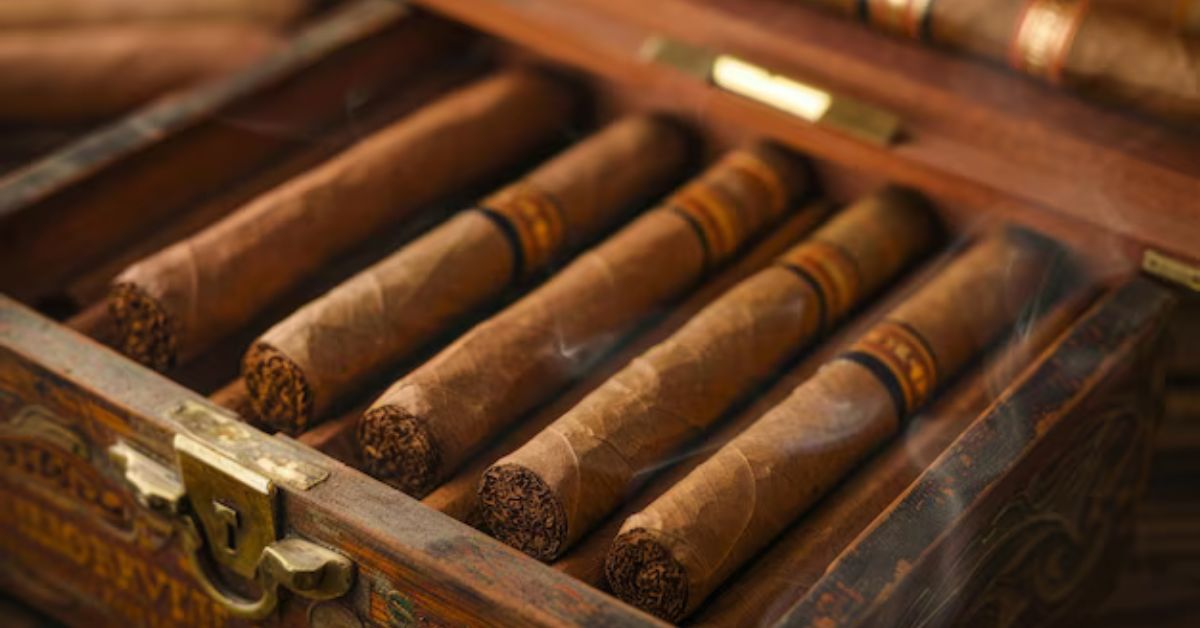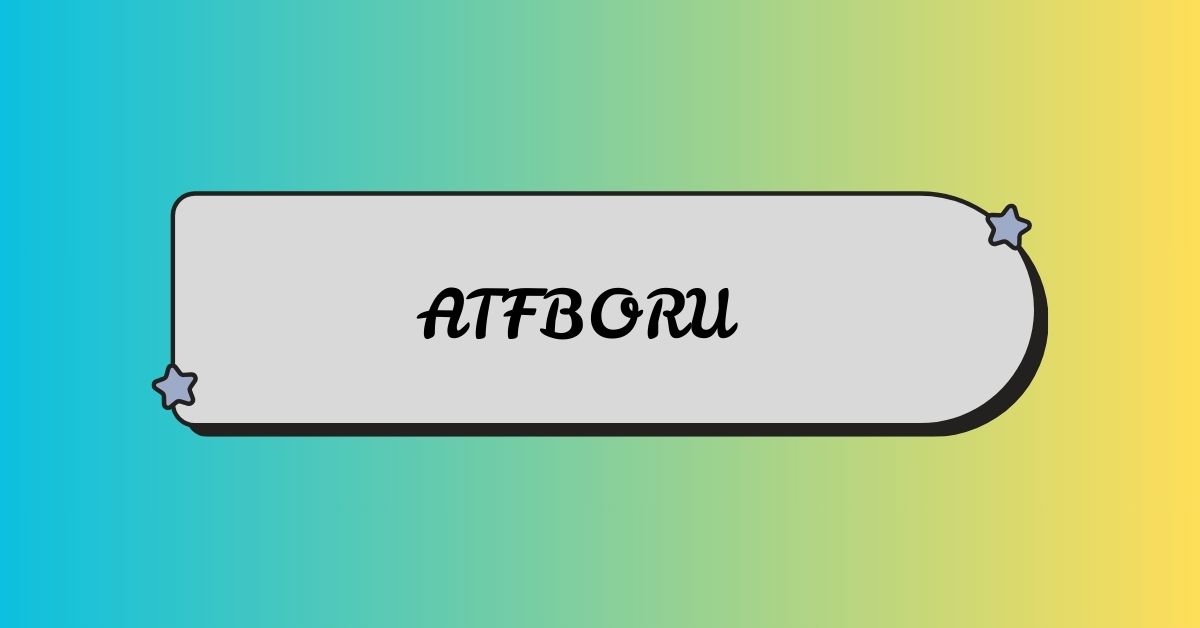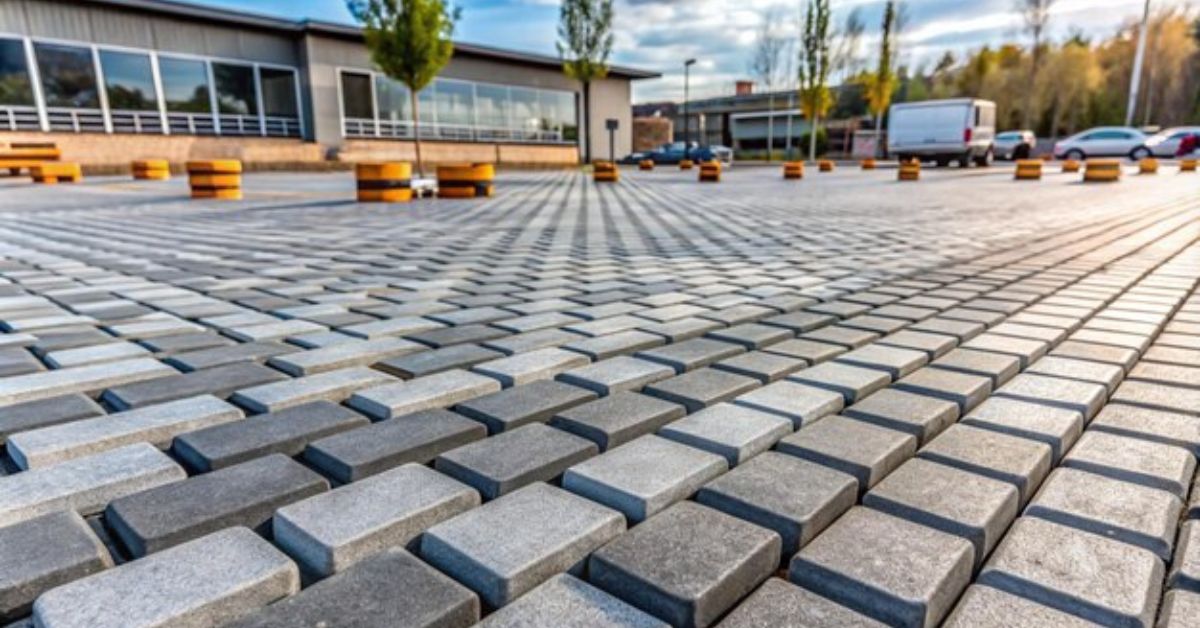Cutting a cigar is an art that can significantly affect your smoking experience. A clean, precise cut ensures that the cigar draws smoothly and burns evenly, enhancing the flavor and enjoyment of each puff. This guide delves into the essential techniques, tools, and tips for cutting a cigar properly, ensuring that every smoke is as satisfying as possible.
Understanding the Importance of a Proper Cut
A well-executed cut is crucial for the optimal smoking experience. The way you cut a cigar affects its draw, burn, and overall enjoyment. An improper cut can lead to a tight draw, uneven burning, or even the unraveling of the cigar’s wrapper. By mastering the technique, you can ensure a perfect smoke, allowing the cigar’s flavors to fully develop.
Choosing the Right Cutting Tool
There are several tools designed for cutting cigars, each offering different advantages. The choice of tool can impact the precision of the cut and the quality of the smoke.
Guillotine Cutter
The guillotine cutter is one of the most popular tools for cutting cigars. It features a single or double blade that slices through the cigar’s cap. The guillotine cutter is known for its clean, straight cuts and is suitable for most cigars.
V-Cutter
The V-cutter creates a V-shaped notch at the end of the cigar. This type of cut can provide a concentrated draw, enhancing the flavor profile of the cigar. It’s particularly useful for cigars with a thicker ring gauge.
Punch Cutter
A punch cutter removes a small, circular piece from the cap of the cigar, creating a hole. This type of cut is ideal for smaller ring gauge cigars and provides a different smoking experience compared to other methods. It can also prevent the cigar from unraveling.
Scissors
For a more precise cut, especially with larger cigars, cigar scissors offer a high level of control. They are designed specifically for cutting cigars and can handle various sizes and shapes with ease.
Preparing to Cut Your Cigar
Proper preparation before cutting your cigar ensures that the process goes smoothly and the cigar remains in good condition.
Examine the Cigar
Before cutting, inspect the cigar for any imperfections in the wrapper or cap. Make sure the cigar is well-humidified, as a dry cigar can be more prone to breaking or unraveling during the cut.
Determine the Cutting Point
Identify the optimal cutting point on the cigar. The cap, which is the rounded end of the cigar, needs to be cut just above the shoulder, where the cylindrical body of the cigar starts to curve. This area is where the draw is most consistent.
Cutting Techniques for Different Cigar Sizes
Different sizes and shapes of cigars may require different cutting techniques to ensure a smooth draw and optimal smoking experience.
For Standard Cigars
Standard cigars, typically with a ring gauge of 42-50, are best cut with a guillotine cutter. Position the cutter just above the shoulder of the cigar and apply a clean, swift cut. Ensure that the blade is sharp and free from debris for the best results.
For Larger Ring Gauge Cigars
Larger ring gauge cigars, often with a ring gauge of 52 or above, may benefit from a V-cutter or scissors. A V-cutter creates a larger opening, which can accommodate the thicker draw of these cigars. If using scissors, make sure to cut slowly and evenly to avoid cracking the wrapper.
For Smaller Ring Gauge Cigars
Smaller ring gauge cigars, such as those with a ring gauge of 38-42, are well-suited to a punch cutter. The punch creates a small, precise opening that is ideal for these slimmer cigars. Ensure that the punch cutter is clean and sharp to avoid any issues with the cut.
Executing the Cut
The actual process of cutting the cigar requires a steady hand and precise technique.
Align the Cigar
Hold the cigar firmly but gently, ensuring that it is aligned properly with the cutter. The goal is to cut the cap without damaging the body or wrapper.
Apply Even Pressure
For a guillotine or V-cutter, apply even pressure as you close the cutter. A swift, controlled cut will produce a clean edge. For scissors, use slow, deliberate movements to achieve a smooth cut.
Avoid Crushing the Cigar
Be cautious not to crush or squeeze the cigar while cutting, as this can affect the draw and burn. The goal is to make a clean cut without compressing the cigar.
Inspect the Cut
After cutting, inspect the end of the cigar. The cut should be clean and even, without any unraveling or damage to the wrapper. A well-executed cut will allow the cigar to draw smoothly and burn evenly.
Common Mistakes and How to Avoid Them
Avoiding common mistakes when cutting a cigar ensures a better smoking experience and prevents potential issues.
Cutting Too Much
Cutting too much off the cigar can lead to unraveling and an uneven burn. Aim to cut just enough to open the draw, without removing too much of the cap.
Using a Dull Cutter
A dull or dirty cutter can cause ragged cuts and damage to the cigar. Regularly clean and sharpen your cutting tools to maintain their effectiveness.
Cutting at the Wrong Angle
Cutting at an incorrect angle can affect the draw and the cigar’s overall integrity. Ensure that the cut is made parallel to the cigar’s axis to maintain its structural integrity.
Maintenance and Care of Cutting Tools
Proper maintenance of your cutting tools is essential for optimal performance and longevity.
Cleaning the Cutter
Regularly clean your cutter to remove any residue or debris from previous cuts. This prevents the buildup of oils and tobacco, which can affect the cut quality.
Sharpening the Blades
For guillotine and scissors, ensure that the blades remain sharp. Dull blades can cause jagged cuts and damage to the cigar. If necessary, have the blades professionally sharpened or replaced.
Storing the Cutter
Store your cutting tools in a dry, clean place to avoid rust and damage. Keeping them in a protective case or pouch can help maintain their condition.
Conclusion
Cutting a cigar properly is a crucial skill that enhances the overall smoking experience. By choosing the right cutting tool, preparing the cigar correctly, and executing the cut with precision, you can ensure a smooth draw and even burn. Understanding the different cutting techniques and avoiding common mistakes will help you make the most of each cigar, allowing its flavors to shine and providing a satisfying smoking experience. Mastering the art of cutting a cigar not only improves your enjoyment but also adds to the ritual and pleasure of cigar smoking.







